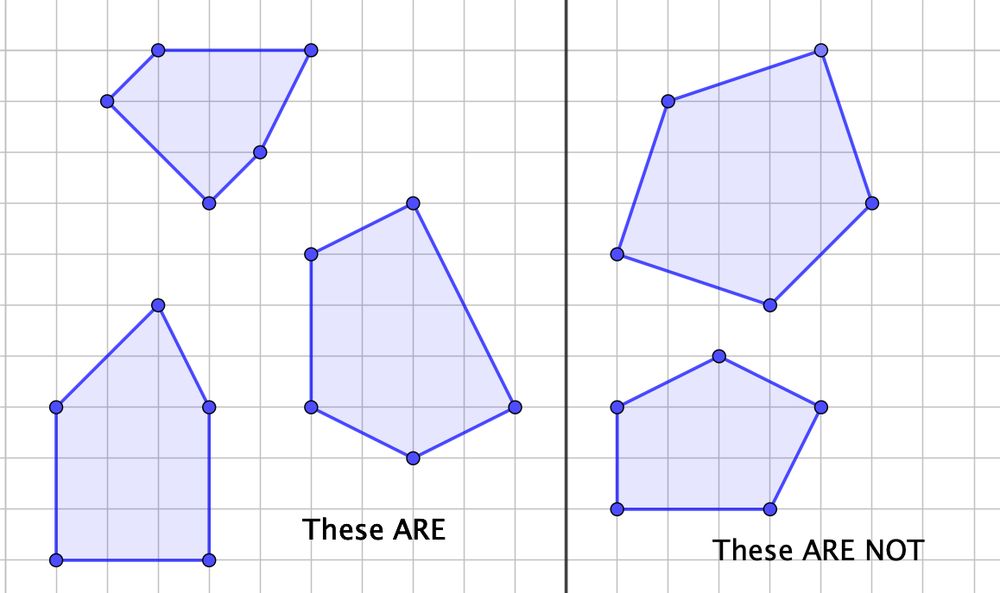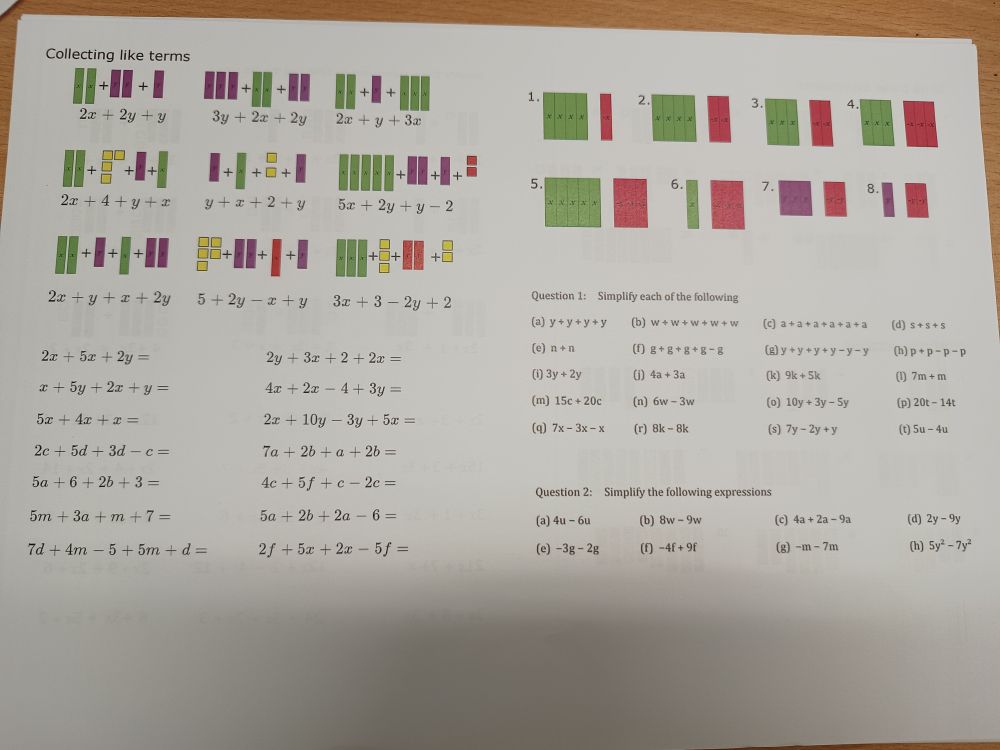Also occasional geometry puzzles 🧩

@mathforge.org has done what I’ve never been organised enough to do myself, and catalogued every #geometrypuzzle I’ve ever posted on social media. It looks amazing!




#Alevelmaths #mathstoday


#Alevelmaths #mathstoday
I am about to teach Year 11 Foundation area, perimeter, volume, surface area of 2D/3D shapes. In theory, they have done all this before but every time they are asked to calculate the area of a triangle it is like seeing it again for the first time.
#MathsToday #MathsTeaching
I am about to teach Year 11 Foundation area, perimeter, volume, surface area of 2D/3D shapes. In theory, they have done all this before but every time they are asked to calculate the area of a triangle it is like seeing it again for the first time.
#MathsToday #MathsTeaching


www.interactive-maths.com/normal-distr...
You can choose what is revealed / hidden for any randomly generated distribution by clicking. Easy to screenshot into a presentation, or use live.


www.interactive-maths.com/normal-distr...
You can choose what is revealed / hidden for any randomly generated distribution by clicking. Easy to screenshot into a presentation, or use live.
✨Transformations of Trig Graphs Match-Up
✨Elastic Strings and Work Done Fill in the Blanks
Find them at www.draustinmaths.com/a-level
#UKMathsChat #ALevelMaths #MathsToday


✨Transformations of Trig Graphs Match-Up
✨Elastic Strings and Work Done Fill in the Blanks
Find them at www.draustinmaths.com/a-level
#UKMathsChat #ALevelMaths #MathsToday
● Y9s doing really well with scatters
● Getting Y7s to realise that fractions are so much better than formula triangles for compound measures (take that science dept!)
● got my retakes through their first L2 6 marker
Keep posting!
● Y9s doing really well with scatters
● Getting Y7s to realise that fractions are so much better than formula triangles for compound measures (take that science dept!)
● got my retakes through their first L2 6 marker
Keep posting!

Created as a web file that can be opened in any browser. Click to reveal solutions.
drive.google.com/file/d/1L0wu...
#MathsToday #ALevelMaths

Created as a web file that can be opened in any browser. Click to reveal solutions.
drive.google.com/file/d/1L0wu...
#MathsToday #ALevelMaths

More expressions with my year 8s today with some extra questions from corbettmaths.

More expressions with my year 8s today with some extra questions from corbettmaths.
Got to start expressions with my other year 8 group today.

Got to start expressions with my other year 8 group today.
#MathsToday

#MathsToday


Wrote a post about it here: chelekmaths.com/2025/11/19/e...
Some nice questions were made on the way #MathsToday

Wrote a post about it here: chelekmaths.com/2025/11/19/e...
Some nice questions were made on the way #MathsToday


